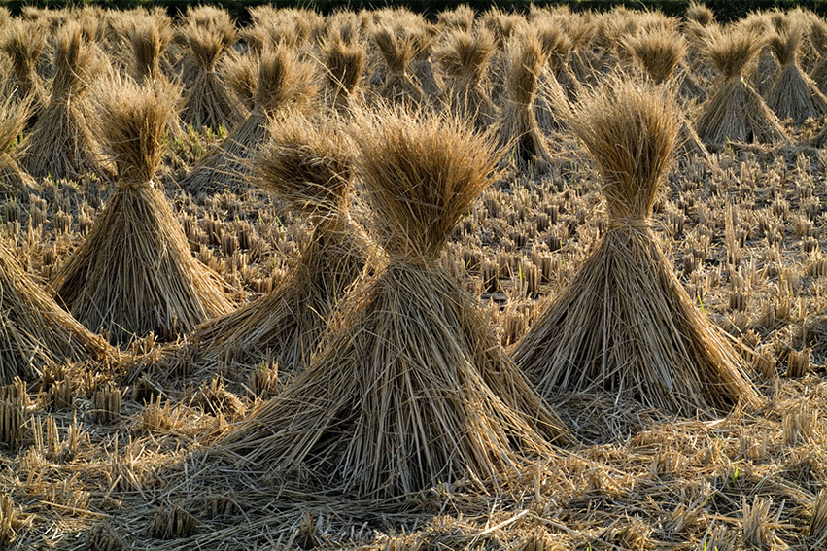
A growing population needs more food.
But the methods used to feed people, like land converted for farming and greater use of fertilizers, can lower biodiversity and jeopardize the sustainability of agricultural ecosystems. As the climate warms, irrigating crops will also become more challenging. Scientists are looking for better ways to feed the planet.

Gang Chen, a professor of civil and environmental engineering at the FAMU-FSU College of Engineering, explored a possible solution, one that uses straw from crops like rice, wheat, corn and others to create a tool that will help crops retain water and nutrients.
"Waste, either from industry, agriculture or homes, can be a potential resource for something else," Chen said. "This is where our research should be focused - conserving our valuable resources and making our societies more sustainable."
In research published in the Journal of Cleaner Production, Chen and former graduate student Simeng Li explain how straw left over from processing crops can be made into hydrogels - molecules that can absorb large amounts of water as well as fertilizers, then slowly release them as needed by crops.
Existing hydrogels used in farming are typically made from petroleum products. They can be expensive, toxic and have difficulty degrading. But the straw left over from processing various crops is rich in cellulose, which can be made into hydrogels that are biodegradable and therefore kinder to the environment. Using agricultural byproducts is a way to get the benefits of petroleum-based hydrogels without their drawbacks, and it diverts those crop byproducts from landfills or burning, which is how they're typically disposed.
When the plant-based hydrogels are applied to farmers' fields, their absorption abilities let them act as reservoirs to hold excess water and nutrients when fields are watered and fertilized. When the weather is dry, they release those resources to the plants that need it.
Chen's analysis of previous laboratory and field studies showed that farmers can use far less irrigation and fertilizer and achieve higher yields by using cellulose hydrogels. The exact improvements depend on a variety of factors, but the study found increased yields ranging from 11 percent to 136 percent.
"Taking something that has long been considered a waste product and recycling it back into the agricultural economy can benefit farmers and the environment," he said.
Chen's research is a preliminary step in understanding how this tool can benefit agriculture. Before this method can be adopted on a wide scale, more research is needed to better understand how these products will affect the environment and public health. In order to scale up the applications of hydrogels that come from agricultural waste, the manufacturing process needs to be further improved to reduce the costs and enhance the durability of these products.
This research was supported by the National Institute of Food and Agriculture of the United States Department of Agriculture.






